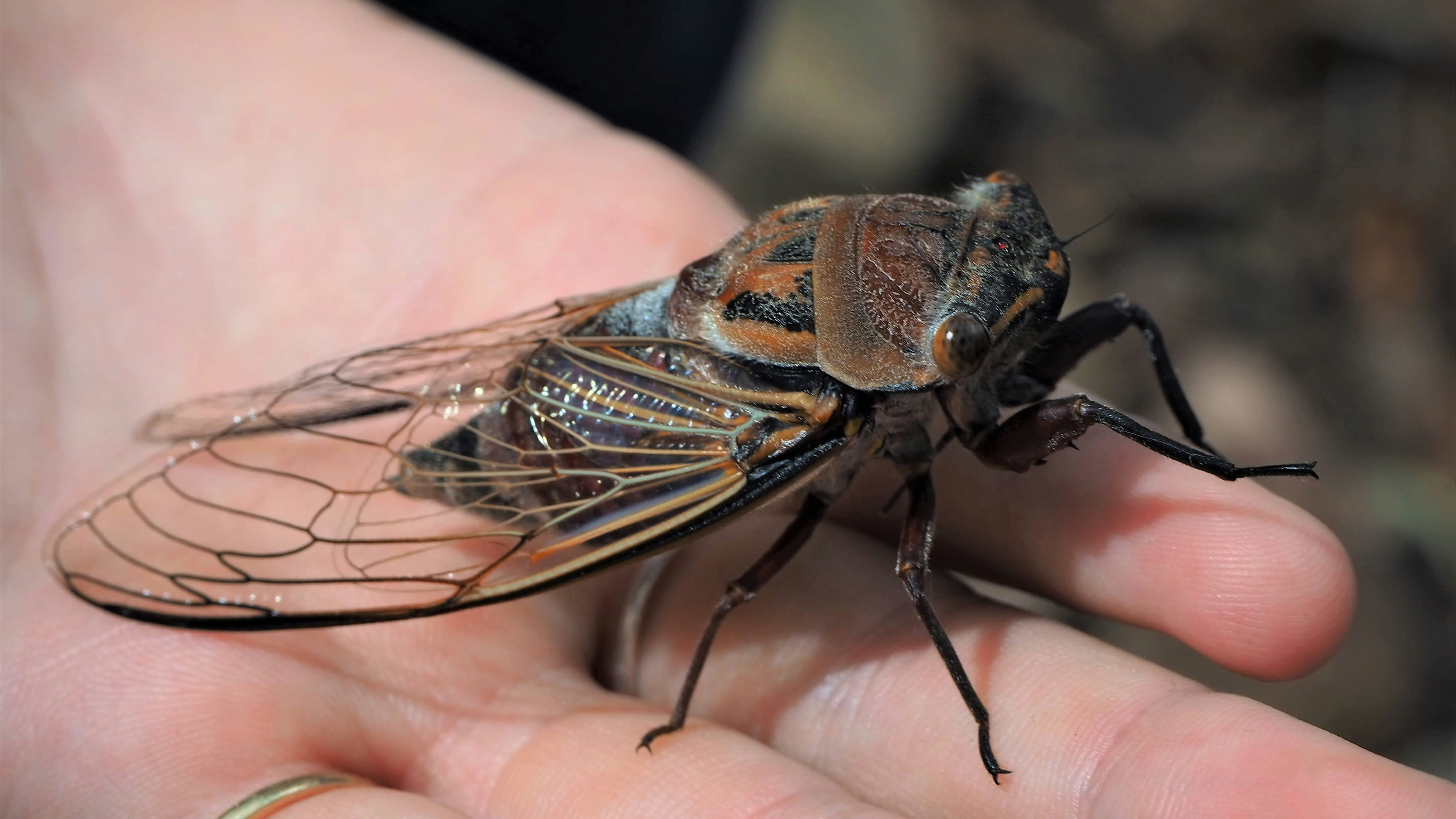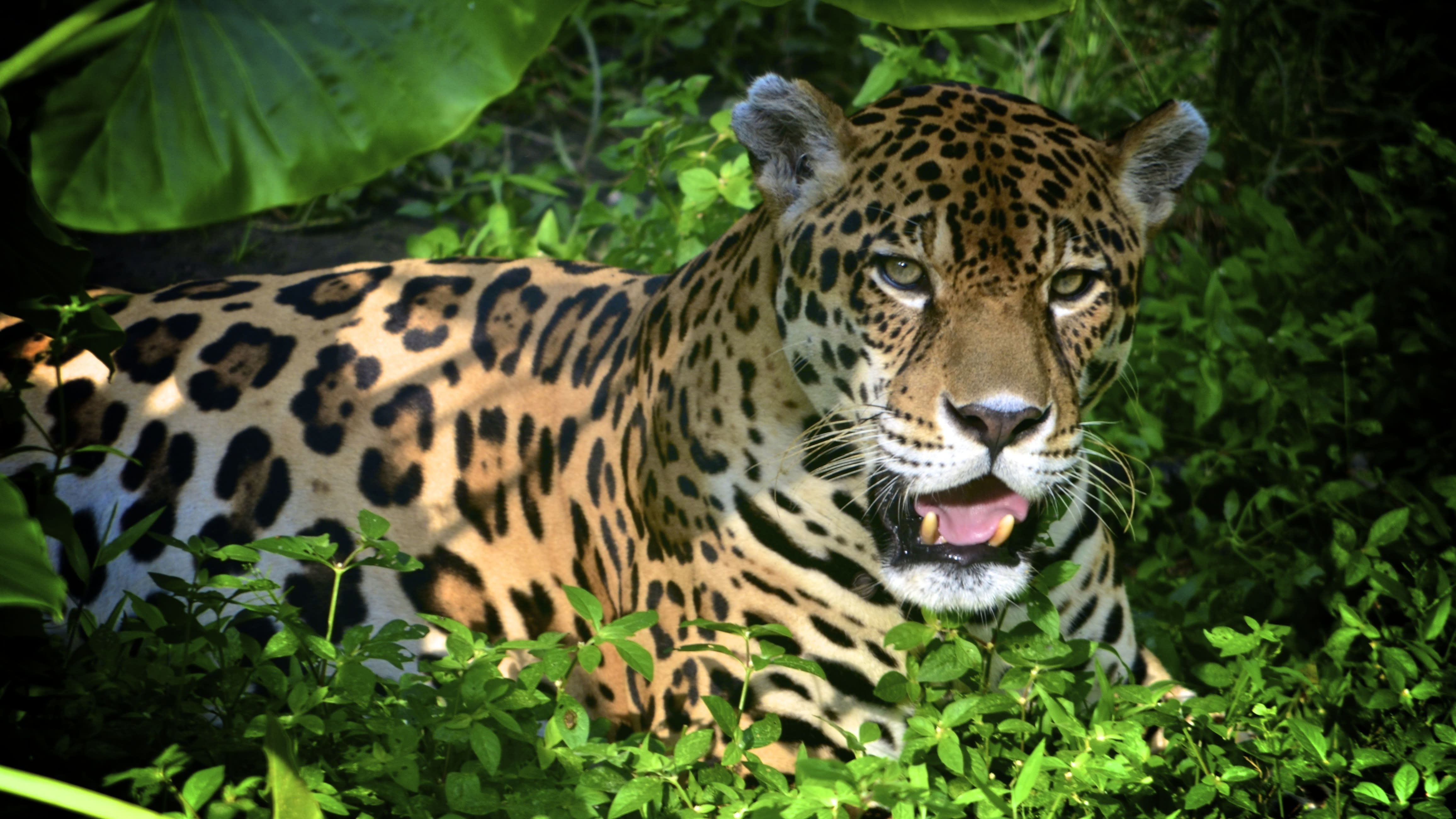




Using insects as animal feed is not a solution.

In recent years, the insect farming industry has generated a lot of buzz around its claims to provide a more environmentally-friendly alternative to current plant-based animal feeds.
What is insect farming?
Insect farming is the practice of breeding and raising insects in a similar way to the way cows and chickens are bred, raised, and slaughtered.
This could be for the commodities they produce, such as bees and silkworms, or as food for humans or other animals.
Is insect farming increasing?
As a result of increasing attention and investment, the industry is forecasting major growth in the coming years. The International Platform of Insects for Food and Feed (IPIFF) predicts that over one million tons of insect protein will be produced in Europe by 2030, compared to just five thousand tons produced in 2019. The majority of this would be for consumption by pets and farmed animals such as chickens and fish, rather than by humans directly.
Supporters argue that insect protein is a more sustainable alternative to current animal feeds. They point toward the efficiency of insects at turning feed into protein, their land-use efficiency compared to plant-based materials, and the potential for farmed insects to convert waste food products into an edible source of protein.
However, there are major concerns over the ethics of raising and slaughtering trillions of insects to feed to other animals. Combined with concerns around pathogens, selective breeding, and flawed sustainability claims, the evidence shows that insect-based animal feed is a problem, not a solution.
Farmed insect welfare
As industrialized insect farming has grown, so too has concern for the welfare of the insects raised in these farms.
There is now a growing body of evidence that insects are conscious and can feel pain. In 2022, a significant study reviewed the neural and behavioral evidence for pain in insects, and it provides some of the most compelling evidence on the subject yet. Based on a review of over 350 scientific studies, the authors found strong evidence for pain in two orders of adult insects and substantial evidence for pain in three additional orders.
The study used the same framework which the UK government applied to assess evidence for pain in decapod crustaceans. Strikingly, two orders of insects (including the order containing flies) met more of the criteria in the framework than decapod crustaceans. This means there is stronger evidence for pain in these insects than for decapod crustaceans, which are currently protected in the UK Animal Welfare (Sentience) Act 2022. While this legislation has been a win for animal activists worldwide, other countries, including the US, have been slow to adopt similar protections.
If insects were used as animal feed, a single farmed chicken or fish would likely consume thousands of insects in their lifetime. Given the number of chickens, fish, and other animals currently farmed in the world, it is clear that many trillions of insects would be used for animal feed each year if the industry grows (one estimate puts it at 50 trillion if industry predictions are met). Given the evidence for pain in insects, serious ethical questions must be asked around the farming and slaughter of such a vast number of living beings.
Yet, despite the growing scientific evidence that insects can suffer, very little has been done to address the welfare issues that face the more than one trillion insects who are already raised on farms each year. Regulations on the welfare of these farmed animals are nearly nonexistent across the globe. As a result, there is very little oversight of farming and slaughter practices across the insect farming industry.
This means that insects are exposed to unmitigated and serious welfare issues on farms. Potential welfare issues include but are not limited to: disease, injury, crowding, handling-associated stress, selective breeding, genetic modification, environmental conditions, and slaughter practices. The lack of regulation means that producers are generally free to either ignore or barely address these issues.
Is insect farming bad for the environment?
In addition to the serious welfare concerns surrounding insect farming, the potential for insect farms to be a breeding ground for novel zoonoses is increasingly being recognized. The threat of new pathogens caused by insect farming has prompted the Aquatic Life Institute to describe insect farming as a “potentially significant industry of concern.”
Insect farms are high-density environments, where tens of millions of insects can be housed in one shed at any given time. It is therefore easy to imagine how pathogens can develop and spread in these farms. This poses a welfare concern for the insects themselves but, because escapes and interactions with wildlife are inevitable, these diseases will also threaten the natural world outside.
As the insect farming industry turns to genetic manipulation and selection, further threats to wildlife and the insects themselves are clear.
Insect farming is still very costly at producing animal feed—one estimate puts it as roughly 10 times more expensive than soy meal. The industry is therefore open about the fact that its competitiveness is dependent on the insects they raise growing bigger and faster.
However, this is a dangerous route which could mimic current problems in other areas of animal agriculture. Just as escapes of selectively-bred fish from fish farms have threatened local fish populations, so too could escapes of selectively-bred insects threaten whole ecosystems.
Furthermore, selective breeding of insects for faster growth poses a significant welfare concern. We know that modern broiler chickens experience major health issues as a result of their breeding, and so too could farmed insects suffer because of their genetics.
Is insect farming more sustainable?
The main claim used to promote insect farming is that it is a more sustainable way of producing food. Supporters point toward the potential for farmed insects to convert waste food products into an edible source of protein. But behind the marketing hype, the truth about insect farming’s environmental impact is far murkier.
In principle, it's true that upcycling food waste into protein using insects would mean fewer crops need to be grown for animal feed, therefore reducing environmental impact.
However, in reality the majority of substrate (insect feed) used in insect farming is not food waste. Industry association IPIFF reveals that former foodstuff comprises only 37.5% of substrates, while more than half is “co-products from agrifood industries,” and about three-quarters are fruits, vegetables, and cereal. These non-waste foodstuffs could simply be fed directly to farmed animals, with no need to feed them to insects first.
One reason why most insects aren’t raised on food waste is that it may not actually be as scalable and efficient as touted. In 2015, researchers found that more than 99% of farmed insects who were fed “minimally-processed, municipal-scale food waste” died before reaching a harvestable size.
Insect farming can also be more energy intensive than plant-based crop production. To produce crickets, farms must be kept at over 86°F and 75% humidity, which requires significant energy to maintain. It is therefore perhaps unsurprising that studies on producing animal feed from black soldier flies and yellow mealworms found that their production can emit 191% more CO2 than soybean oil production.
In summary, most insects are currently raised on crops that could simply be fed straight to farmed animals, a process which actually reduces the overall efficiency of the food system by adding an unnecessary extra step. In addition, insect farming is not without its own carbon footprint, which can be even larger than that of crop production. This shows that the sustainability promise of insect farming is more buzz than reality.
Using insects as animal feed is not a solution
Despite the marketing of insects as a promising new animal feed, the reality is quite different. Trillions of insects a year would need to be farmed to meet even a small proportion of the demand for animal feed. There is growing scientific evidence that insects do feel pain and yet the insect farming industry is currently almost totally unregulated. It cannot be ethical to farm and slaughter vast numbers of insects, particularly with little oversight or understanding of their welfare.
Furthermore, industrial insect farming represents a grave danger to ecosystems. The conditions on insect farms make it possible for novel pathogens to develop and spread, which will inevitably escape into the surrounding environment. The widespread use of selective breeding or genetic manipulation also represents a significant risk to ecosystems in the event of escapes.
And even the sustainability arguments that the industry champions are not as robust as advertised. While farmed insects can theoretically be used to upcycle food waste, most farmed insects are raised on products that could be fed directly to chickens, pigs, or fish.
It is clear that industrial insect farming solves very little, but threatens very much. Increasingly, the problems surrounding insect farming are being recognized. For instance, one of the largest aquaculture certifiers in the world, Global Animal Partnership (G.A.P.) now prohibits the use of insects in feed in their new salmon welfare standards.
Companies who use animal feed and are interested in improving their environmental and ethical credentials should avoid turning to highly problematic insect-based feeds and instead pursue more sustainable plant-based feeds.





